#LCD Display
Explore tagged Tumblr posts
Text
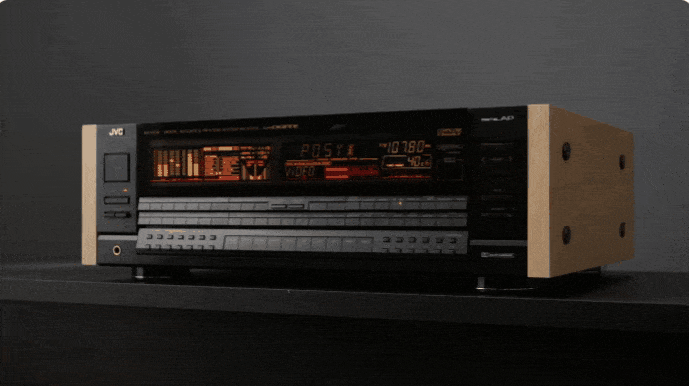
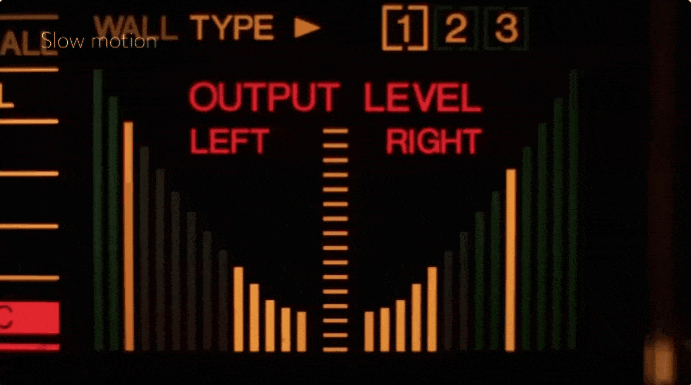
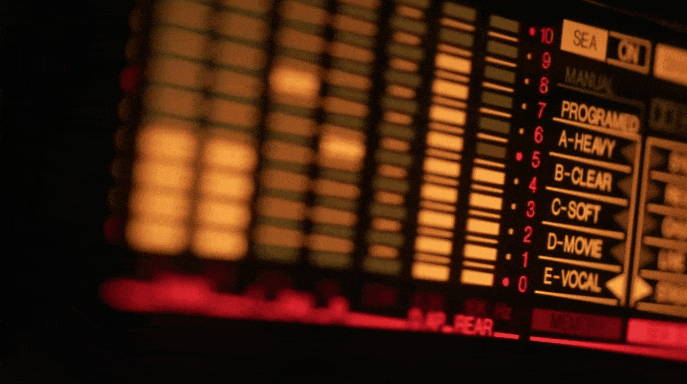
JVC RX-1001V (1989) as shown in Posy new video
#jvc#vintage hifi#posy#vintage tech#audio stereo#receiver#amplifier#1980s#80's tech#lcd display#80's#old tech#ero tech#hi fi#equalizer#display
1K notes
·
View notes
Text
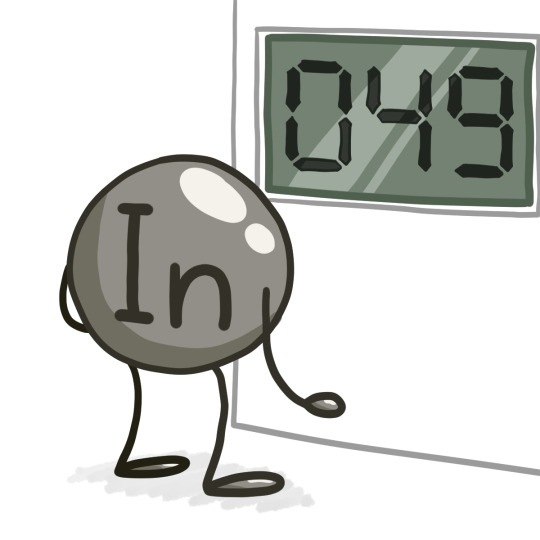
Indium is a metal soft enough to be cut with a knife and is capable of soaking into glass in its molten state. It's used in many electronic applications, such as liquid-crystal displays, semiconductors, LEDs, and solar cells.
16 notes
·
View notes
Text
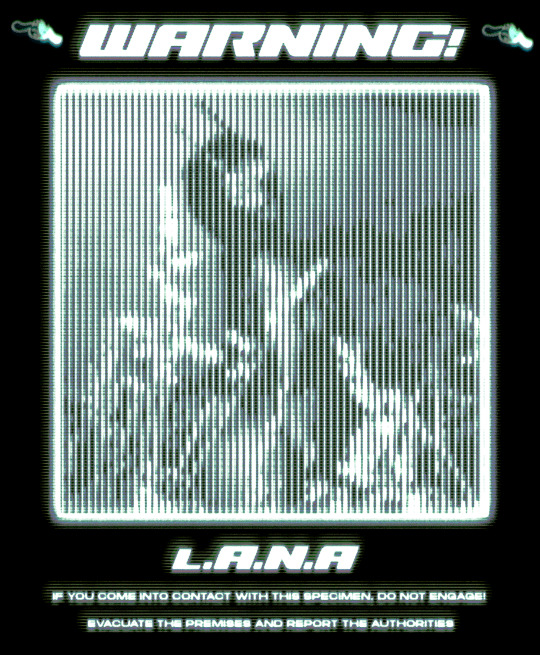
SZA - WARNING
#sza#black women#black alternative#sos#lana sza#lcd display#alien#art#my art#poster#edit#my edit#graphic#graphic design#poster design
9 notes
·
View notes
Text
no disc

7 notes
·
View notes
Text

Industrial Monitors
1 note
·
View note
Text
Leadtekdisplay Premium TFT Modules for Vibrant Displays
Leadtekdisplay's TFT module are cutting-edge display solutions that integrate Thin-Film Transistor technology for exceptional image quality. With vivid colors, high contrast ratios, and detailed visuals, these modules suit a range of applications, including consumer electronics, medical devices, and automotive dashboards. Available in various sizes and specifications, Leadtekdisplay's TFT modules ensure durability and reliability, offering seamless performance in different environmental conditions, from bright sunlight to low-light settings, meeting the highest industry standards.

#touch screen module#touch screen panel#tft modules#tft lcd modules#lcd module#lcd display#7 inch lcd
0 notes
Text
How to Automate Ultra Cleaning Your Home and Office with Narwal Robot Vacuum and Mop Comb
Imagine a smarter way to keep your home and office clean effortlessly. Experience a cutting-edge robotic machine, offering time-saving precision and accessibility. This technology integrates effortlessly into your life, ensuring pristine environments. Its versatile cleaning and design make it essential for a clutter-free. Absence of manual intervention showcases its advanced navigation and…

View On WordPress
#adaptable cleaning modules#AI navigation#Clean in Peace and Quiet#Cleans while you&039;re away#Compact and maneuverable#Dirt Sense#effective filter system#Equipped with Child Lock to Ensure Safety#Explore narwal#Explore Narwal here#Fall Prevention Technology#Hands-Free Cleaning#Hassle-Free Maintenance#intelligent voice command with Siri and Alexa.#LCD Display#Mapping Capabilities#Mob Reaches Where You Can&039;t#Narwal Robot Vacuum cleaner#Norwal robot Smart No-Go Zones#Programmed for Efficiency#Robo Mop Robo Comb#Smart Navigation#Smart Swing#Space-Saving Design#Ultra Clean#Ultra-Large Battery for Extended Runtime#Wi-Fi enables APP Control
0 notes
Text

DISPLAYS | Buy Online In India
A liquid crystal display (LCD) is a type of display technology that makes use of liquid crystals that open or close when stimulated by an electric current. These liquid crystals are the basis for LCD technology. LCD is considered a major innovation in display devices and is frequently used in mainstream electronics lik
0 notes
Text
Equipment Neglected During Development at Tatanagar Railway Station
Battery-Powered Cart and LCD Display Among Items in Disrepair Development work at Tatanagar Railway Station has left several pieces of equipment in disrepair, impacting services for passengers. JAMSHEDPUR – Development work at Tatanagar Railway Station has led to the neglect of several crucial pieces of equipment, leaving them in disrepair. Minor repairs could have prevented the deterioration of…
#जनजीवन#battery-powered cart#development work#equipment neglect#Jamshedpur#LCD display#Life#passenger services#platform information#Tatanagar railway station
0 notes
Video
youtube
DIY Temperature Controller for Molding Systems | Arduino Tutorial
#youtube#DIY#Arduino Tutorial#Temperature Controller#Molding Systems#Injection Molding#Arduino Nano#Membrane Keypad#LCD#Relay Module#Max6675 Module#Thermocouple#Plastic Molding#Electronics Tutorial#Maker Community#Plastic Injection Molding#Arduino#Hot Nozzle#Molding Process#MAX6675#LCD Display
1 note
·
View note
Text
0 notes
Text
How can you choose an appropriate touchscreen for your project? The number of steps required to adjust or change a touchscreen varies depending on the individual task.
1. Some general actions to consider:
Assessment: Determine what precise requirements or adjustments you want for the touchscreen. This could include modifying its sensitivity, adjusting its calibration, or personalizing its interface.
Research and Tools: Based on your assessment, look into the tools or software required for the work. This may include calibration software, diagnostic tools, or specialist equipment.
Preparation: Turn off the touchscreen device and detach it from any power source to avoid any electrical catastrophes.
Software Calibration: If you need to alter the sensitivity or calibration of the touchscreen, go to the instructions supplied by the device maker or the software you're using. This could include accessing settings or diagnostic menus and following on-screen instructions.
Physical Modifications: If you're going to physically alter the touchscreen (for example, cutting it to a specific shape), make sure you have the right tools, such as precise cutters, gloves, and safety equipment. Always follow the manufacturer's instructions to avoid harming the screen.
Testing: After making any tweaks or modifications, test the touchscreen to check it works properly. Check for responsiveness, accuracy, and potential problems.
Finalization: Once you're satisfied with the changes, complete the setup by securing any loose components, ensuring all connections are secure, and reassembling the device as needed.
Any touchscreen adjustments must be approached with prudence and following the device manufacturer's specific rules or suggestions. Additionally, some jobs may necessitate professional assistance or specific knowledge, so consult professionals as needed. Click here for 21.5 Capacitive Touch Screen.
2. Structure, Working Principle, and Classification of LCD
LCD does not emit light; rather, it is a passive display technology that displays by irradiating liquid crystal material with external light. The figure shows the basic structure of the LCD.

The basic structure of an LCD is depicted in Figure 10-1. The liquid crystal material is sandwiched between two conductive glass electrodes: upper (front) and lower (back). The liquid crystal molecules are stacked vertically and twisted 90 degrees at the top and bottom. External incident light travels through the upper polarizer to produce polarized light, which is rotated by 90° through the parallel-arranged liquid crystal material before being reflected by the reflector through the bottom polarizer, which is perpendicular to the upper polarizer and transparent. If the upper and lower electrodes, plus a certain voltage, under the action of the electric field forced to add the electrode part of the liquid crystal molecules into a vertical arrangement, the role of its spinning disappears, resulting in the polarized light incident from the upper polarizer is not rotated, the light cannot be returned to the lower polarizer, and it is black. When the voltage is removed, the liquid crystal molecules return to their twisted configuration. As a result, the electrodes can be shaped in a variety of ways to display different words, numbers, and images.
3. There are numerous ways to categorize LCDs
1) Classification using electro-optical effects The electro-optical effect refers to the role of electricity in causing the original arrangement of liquid crystal molecules to alter, resulting in changes in the optical properties of the liquid crystal box, i.e., electricity modulating light through the liquid crystal molecules.
LCD liquid crystal displays are classified into three types based on electro-optical effects: electric field, current, and electro-thermal. The electric field effect can be classified as twisted nematic (TN), GH, or super-twisted (STN), among others. TN-type and STN-type LCDs are now often employed in microcontroller applications.
2) Classification based on display content LCDs can be classified into three types based on their display content: field type (also known as stroke type), dot-matrix character type, and dot-matrix diagram.
Field-type LCDs are liquid crystal displays made up of lengthy, brushstroke-like display pixels.
The dot matrix character set has 192 built-in characters, including numbers, letters, and common punctuation marks. Users can also customize 5x7 and other dot matrix characters. Depending on the LCD model, there can be one, two, or four lines per screen, with each line displaying eight, sixteen, twenty, twenty-four, thirty, or forty characters.
In addition to displaying characters, the dot-matrix form of LCD liquid crystal display can also display a range of graphic information, such as Chinese characters.
3) Classification based on lighting method LCD liquid crystal displays can be split into two categories: backlit and non-backlit.
LCDs without backlights rely on the reflective coating on the back of the panel to reflect incoming natural light from below. Most LCD-equipped devices use natural light as a light source and do not require backlighting. If the product is used in low-light or dark situations, select an LCD monitor with a backlight.
4. What Is the Function of the Lamination Process in the Touchscreen
Touchscreen lamination is the process of applying a thin coating or layer to the surface of a touchscreen. This entails adding a protective coating of plastic or glass to the touchscreen. This layer protects the touchscreen against scratches, fingerprints, dust, dirt, and other environmental contaminants. It also improves the optical clarity of the touchscreen, making it easier to see images and text on the screen. Lamination can also be utilized to provide a decorative touch to the device by applying a logo or other graphic to the touchscreen.

This layer is commonly comprised of polyester or polycarbonate, and it is placed with heat and pressure. The layer is applied using a lamination machine, which provides heat and pressure to the touchscreen, allowing the protective layer to adhere to it. The heat softens the substance, and the pressure bonds it to the touchscreen. The lamination process usually takes a few minutes, depending on the size and complexity of the touchscreen. After the lamination process is completed, the touchscreen is cooled and the protective layer is kept in place to safeguard it from environmental toxins and damage.
Touchscreen lamination protects the touchscreen from damage and scratches while also improving its optical clarity and appearance. As it reduces glare and reflections from the touchscreen. Finally, lamination can be used to decorate the device by applying a logo or other graphic to the touchscreen.
Additionally, touchscreen lamination can be used to apply coatings such as anti-glare, anti-reflection, and anti-fingerprint coatings, which serve to reduce glare and reflections while also making the touchscreen simpler to clean. There are numerous tips for waterproofing throughout the laminating process.
0 notes
Text
Frequently Asked Questions How is this hair waver effective? Love that mermaid style wavy hair? This Winston Hair Waver is one of the easiest waving tools you can have to style up your hair. Its deep waving feature allows you to have beachy or mermaid waves effortlessly.
0 notes
Text
8.8 inch strip screen 480x1920 MIPI interface IPS full viewing angle highlight computer secondary screen can be equipped with touch LCD
0 notes
Text
Introduction to Sinda Display
To know more visit our website today- https://www.campuscomponent.com/categories/lcd_led_display/2208614000002321137
0 notes
Text
High-Performance TFT LCD Modules by Leadtekdisplay
Leadtekdisplay TFT LCD modules are high-performance display components utilizing Thin-Film Transistor technology to deliver sharp and vibrant visuals. Widely used in devices ranging from smartphones to industrial equipment, these modules offer superior resolution and color accuracy. Known for their fast refresh rates, they are ideal for applications requiring smooth motion display. Leadtekdisplay provides a variety of sizes and configurations, ensuring flexibility for developers to create customized, user-friendly interfaces that meet diverse industry demands.

#touch screen module#touch screen panel#tft modules#tft lcd modules#lcd module#lcd display#7 inch lcd
0 notes